In 2005, Electronics Engineer Girish Kulkarni and his wife, Nuclear Physics Professor Aruna Kulkarni, voluntarily retired from their respective professions to start a Marathi Medium Primary School - Vidya Niketan - in Sankeshwar, a tiny town in Belgaum District of Karnataka. The school had classes for first to eighth standrads. They ran the school successfully for 20 years. Their students have made a mark in their respective careers. But June 2025 saw the school shut down. Among other resons, the prime cause for the shut down is - number of students choosing this Marathi School is not enough. Girish and Aruna's son Chinar was the first student of this school. He has not just witnessed, but lived the entire journey of Vidya Niketan. He complete B. Tech (Agricultutre) from Kolhapur and now he works in Bengaluru. Today, the untimely demise of his school cuts a deep wound in Chinar's heart, and in spite of that, he expresses his agony with restraint and subtlety.
And Thus, My School Passed Away…
Yes, you read that right, today my school really passed away.
My pain knows no bounds today; more so, because the school died before I even got a chance to do something to save ‘her’. (my school, she’s my person!) Even through the pain, memories of my challenging yet joyous journey with her played like a movie my mind.
I was the first student of my school. My School – Vidya Niketan – was founded twenty years ago by some enthusiastic and visionary Marathi-speaking young men and women in Sankeshwar - a tiny town on the Maharashtra-Karnataka Border, on the serene banks of the Hiranyakeshi river. She chose the path less travelled, of purposefully straying clear of the conventional education pattern. She made us think, she instilled the right thoughts and values in us, she fostered rational thought in our young minds.
My mind is crowded with memories today.
We would never address our teachers as ‘sir’ or ‘madam’. We would call them Tai and Dada. My friends from other schools always found it both, amusing and surprising. We probably didn’t understand the reason behind it at that age, but I know for sure now, that the confidence I carry to ask questions to anyone freely (always respectfully, of course) is something I owe to the open, trusting bond between teachers and students at my school.
And this openness existed only because our teachers weren’t the conventional figures of fear or authority, but like elder siblings – our Tai and Dada – they were people we could love and rely on.
Sometimes our openness even crossed some boundaries. Like when, I remember, a new Dada was appointed to teach us science. Since it was science, we had all the freedom to ask questions and we used it to the limit. We literally plagued him with questions. He was used to a learning culture where teachers asked questions and students answered. He could not adapt to this different culture which was the soul of our school. He left the school after just one year. Back then, we saw it as our triumph — but today, I realise it was actually a failure of our education system.
One little episode from our mischievous days is still carved into my memory.
Whenever our teacher wasn’t around, we’d get into our element — making all sorts of noises, banging rhythms on benches, and generally causing a ruckus. We’d be totally into it and didn’t even flinch when the teacher returned and scolded us. Eventually, the matter reached the Supreme Court (headmistress) of our school — Aruna Ma’am. She was the ‘Tai’ of all our ‘Tais’. All of us noisemakers were summoned to the court. We had no clue what was going to happen. And of course, there was that unspoken fear — what if this reaches our parents? But Ma’am surprised us all with a unique approach. She didn’t scold us at all. Instead, she said with a smile, “If you can make such good sounds and keep rhythm on benches, why not use that talent to earn applause instead of earning punishment? Let’s turn this into a performance at Kalavishkar (annual cultural fest) this year — start rehearsing!” That moment was a totally happy shock for all of us.
We put together two performances under her guidance. One had us mimicking natural sounds like many animals and birds. And for the other we gathered different metallic and non-metallic surfaces to tap. For example, Silver, Copper, Brass, Stainless Steel, Iron, and even Glass and Wood of different types. We put together a rhythmic ensemble piece of full five minutes using these surfaces and garnered much appreciation. But what matters most, is that, we were made to think about properties of metals and non-metals, about why each makes a different sound, about synchronizing different metallic and non-metallic sounds and about coordinating with each other. We were made to use our energies creatively to make music rather than making chaos. School had steered our negativity into positivity. And it was all done so easily, just because a teacher chose to be sensitive rather than authoritative, and she used the annual fest to bring out the best in us.
Our school’s annual gathering was always a true celebration – a festival of joy. Everyone in school participated in it wholeheartedly. Every year, Kalavishkar was based on a theme. Be it clouds and rain, forests, spaceships, national unity, or superstition – the whole event was woven around that central idea.
With help from our teachers, we would present all kinds of performances – dance, drama, mime, poetry recitation, lezim, pyramids – you name it! Even back then, we used to feel that our annual gathering was something very special. And today, I feel just as proud — it was of truly high quality.
Despite limited resources and a tight budget, our school always managed to pull off something excellent.
I have one more warm memory of a special activity from those years. I must have been in 7th grade. After our exams in March, we still had about a week before the summer break officially began. Other schools gave holidays immediately after exams – but ours was very rule-abiding! So even after the exams, school continued for a week.
But who wants to study once the exams are over? That’s when Ma’am had a brilliant idea – she said, “Let’s paint the school!” We were overjoyed. She told us to form as many groups as there were classrooms, and each group would have a leader. Strangely enough, we who usually fought and acted like mini goons ended up working calmly in mixed groups. The younger kids couldn’t manage the task on their own, so they were placed with older students.
Ma’am would speak to the group leaders, and they would communicate with their teams. We were asked to make a list of materials we’d need and also draw up a schedule for the work – and we actually pulled it off! Some supplies came from homes, some from school, so we had to buy very little.
Once at school, we’d quickly change clothes, tie bandanas around our heads, and get to work.
The walls of our school were made of mud, so first we had to smooth them out, then coat them with cow dung, and only then begin painting.
The tall students helped every group with the upper portions of the wall. Even the teachers joined in — paint buckets and brushes in hand — and that’s when it became truly fun.
We finished our assigned work two days ahead of schedule. Ma’am and the other teachers were thrilled. So then, we hesitantly made a request — could we also paint pictures on the walls? To our delight, Ma’am instantly agreed.
It was only when we actually started drawing and painting that we realised how different it is from sketching in a notebook. It was far from easy! But with hard work and determination, we brought the images in our minds to life – right there on the walls.
It was a wonderful and unforgettable experience. Today, in our working lives, we’d probably call it “management training” or a “workshop” — something we had already experienced, effortlessly, at the age of twelve or thirteen.
We eagerly waited for summer holidays. For two reasons. There was the common one – visiting relatives in the vacation; and then there was the special one – the summer camp our school organized. It was open to all children, our friends from other schools also joined. We used to enjoy these camps a lot. We’d paint pictures, play innovative games, sing, dance, exercise, listen to stories, learn to make things, conduct science experiments, and what not. There was emphasis on bettering our handwriting, too. Every year Babasaheb Kaka (Babasaheb Nadaf – a Full Time Volunteer of Rashtra Seva Dal) would join us for a day, and that day would be the highlight of the whole camp. He’d train us in Lejhim and Aerobics. He’d teach us Seva Dal songs to the beat of the tambourine. He created an unforgettable energy with his tap on the tambourine, his open loud voice, and the inspiring songs. The Personality Development workshops that cost thousands of rupees today were offered to us at very affordable costs without any pomp.
Another beautiful and strong memory is that of our trip to Pune...
To be honest, we’d have a lot of ‘days out’. We’d visit the Furnace in Chinmure, the civil hospital, the Livestock market, the farmer’s market, the canal, the riverside, a place where there would be large honeycombs, the factory where Ganpati idols were made, the post office, the police station, so on and so forth. Our school had a long rope, with knots tied at every six inches. Every student was expected to hold the rope between two knots and walk on the roadside, without disturbing the traffic or putting our own safety in danger. But all those were small day trips.
Once a year we’d go on long trip too. Once we went to Pune for a two-day trip. Main attractions were IUCAA in the Pune University Campus and Sinhagad Fort. We were thrilled at IUCAA. We saw and made scientific toys. We met Arvind Gupta. He was with us for a whole hour. Back then, we were not fully aware of the greatness of this scientist, or any scientist for that matter, still we were awed by his personality.
Anju Tai, Sameer Dada and Bansi Dada – the Pune-based well-wishers of our school, were our tour guides in Pune. They introduced us to history during a visit to the Raja Kelkar Museum. We watched a music show at night, and stayed at Aksharnandan School. We watched the sky and stars through a telescope that night. Next Morning Anju Tai led us on a trek to Sinhagad. We talked to Sameer Dada and Bansi Dada about their documentaries. It was an enriching experience on the whole. Another highlight of the trip was that we carried our own tiffin boxes for the first day, but on the second day, our Tais cooked delicious breakfast and lunch for us.
In the age when other schools planned catered trips to waterparks with costly day packages to avoid any fuss, the effort our teachers took to keep the trip cost affordable for all was remarkable. The taste of that simple 'Amti-Bhat' (Dal-Rice) cooked for us by our Tais is simply unforgettable.
We were fortunate to get all this thanks to the relentless efforts of the chairman of our school Girish Kulkarni and Aruna Ma’am. Vidya Niketan was practically their beloved child. The school was brought to life with a special purpose. Providing quality education at an affordable cost for the marginalized working classes, Providing education in mother-tongue to Marathi-speaking people, Developing the personalities of students, and last but not at all the least, Making them rational human beings were the values that formed the foundation of Vidya Niketan. And the school never wavered from them.
Vidya Niketan has always proved her worth. Our students consistently reached the district and state levels in government-organised interschool competitions. After the eighth standard, many of us joined English-medium schools and continued to be the toppers there as well. Just last year, Vidyaniketan students secured the first rank in 10th Standard board exams, in both English and Marathi-medium. We have gone on to pursue higher education and have become doctors, engineers, and competent professionals in our respective fields, entirely on the strength of our own merit. In my own profession, I’ve often felt that my confidence runs far deeper than most others around me. And I know that confidence was nurtured in my school.
So then, with so much to be proud of, why was there no response from society? Why did the school have to shut down? Why didn’t anyone feel disturbed that a Marathi-rooted school was quietly disappearing? Have the changes in our society over the years led to this?
Our increasing obsession with appearances, the mistaken belief that ‘costly means quality’, our growing self-centredness, the way we avoid deep thought and settle for surface-level impressions — or perhaps the sheep-like instinct of following wherever the crowd goes?
For every Vidyaniketan student, the death our school is deeply painful. The school sowed the seeds of rational, balanced thinking in hundreds of young minds. And I truly believe that those minds will continue to try and guide society towards what is right.
Maybe someday, society will realise the true significance of Vidyaniketan – and how much it was needed. Sadly, when that moment comes, the school will no longer be there.
Still.
My school will always live on – in my heart, and in my thoughts. Its memory will stay with me, always.
- Chinar Kulkarni
chinarkulkarni2000@gmail.com
Translation by Rucha Mulay
The Article was originally published in Marathi in the Weekly Sadhana Issue dated 21 June 2025. You can read it here: अकाली मृत्यू पावलेल्या शाळेच्या पहिल्या विद्यार्थ्याचे मनोगत
Tags: marathi schools save marathi schools sankeshwar marathi school मराठी शाळा प्रयोगशील शाळा विद्या निकेतन गिरीश कुलकर्णी अरुणा कुलकर्णी चिनार कुलकर्णी संकेश्वर मराठी शाळा वाचवा Load More Tags

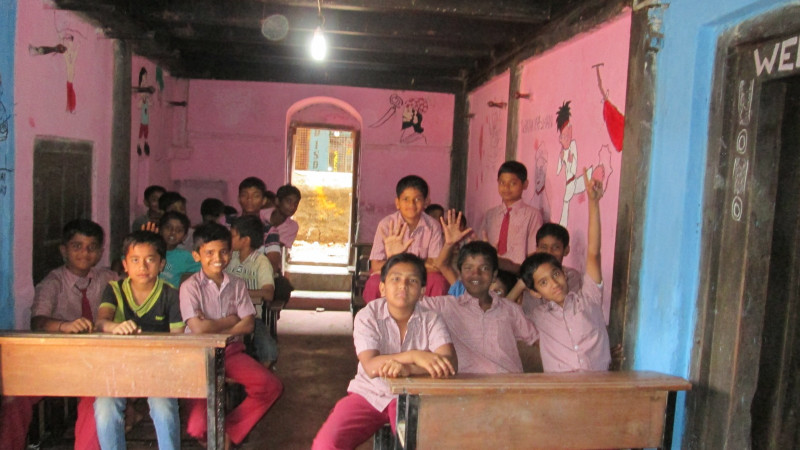

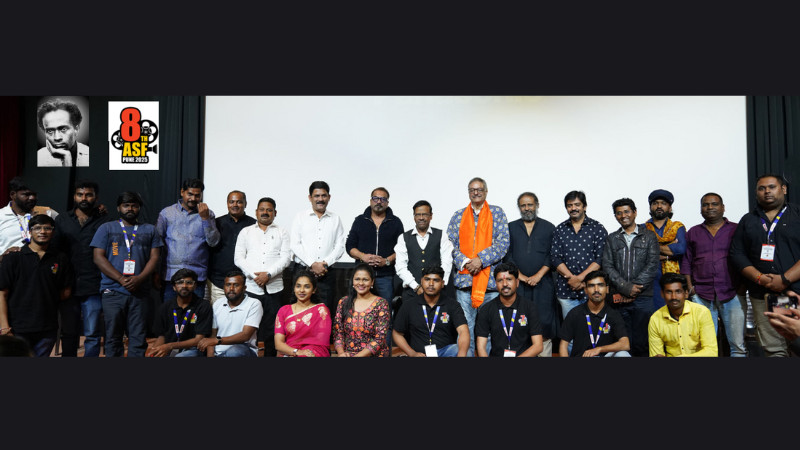

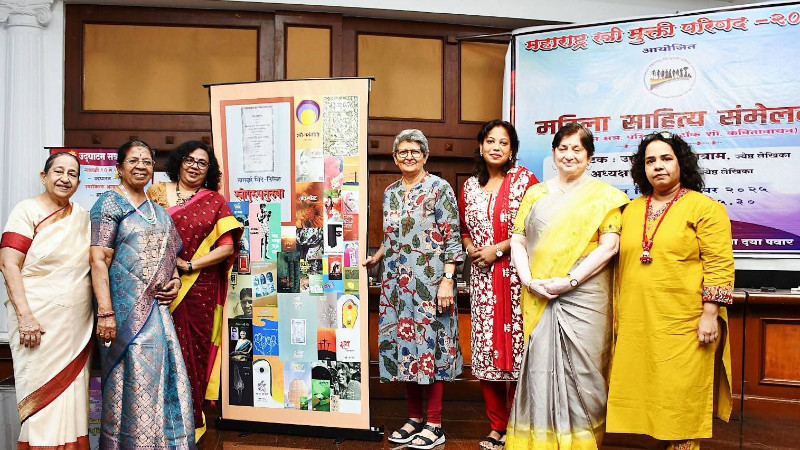
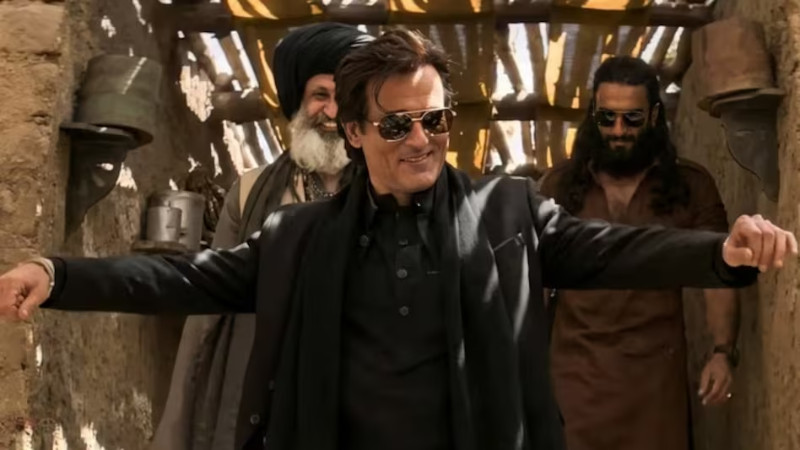
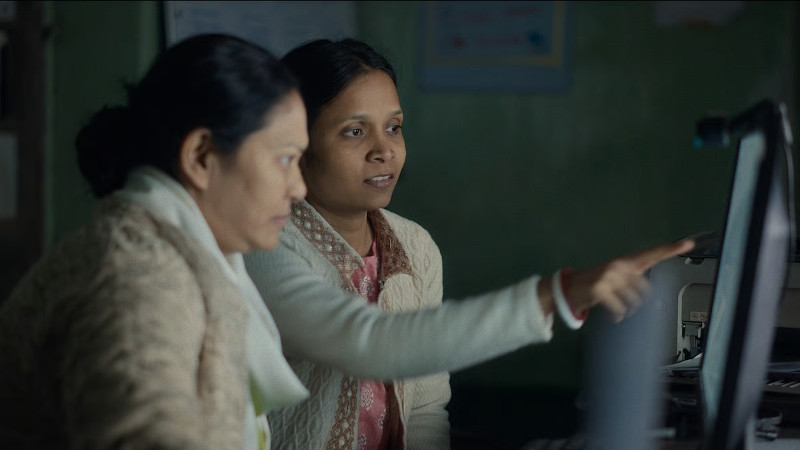
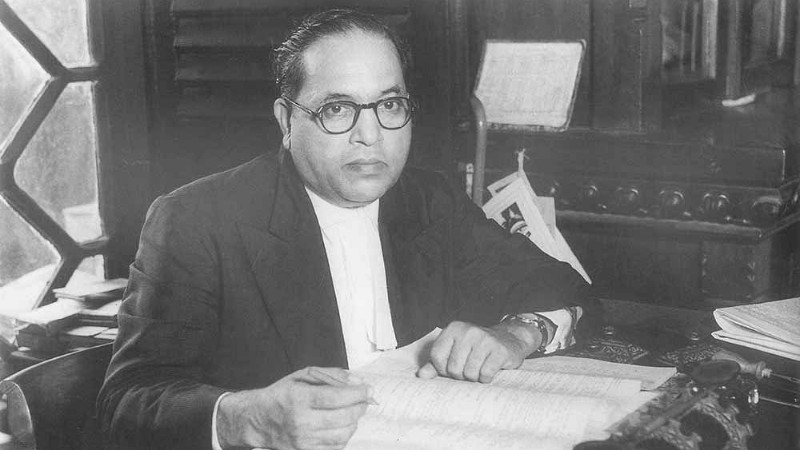

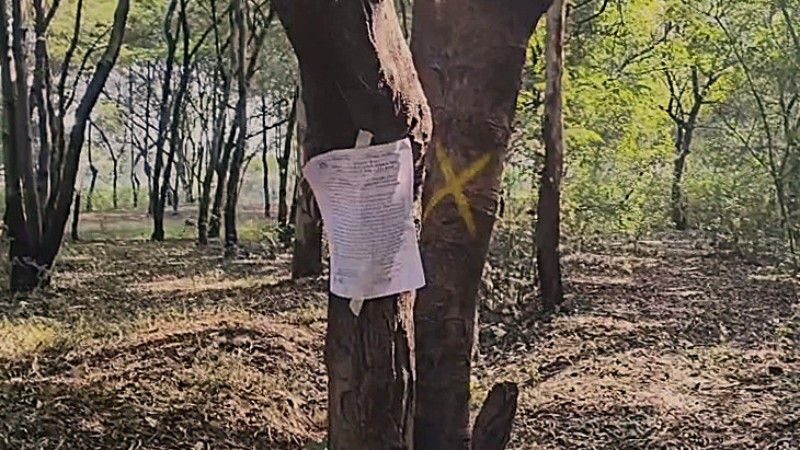
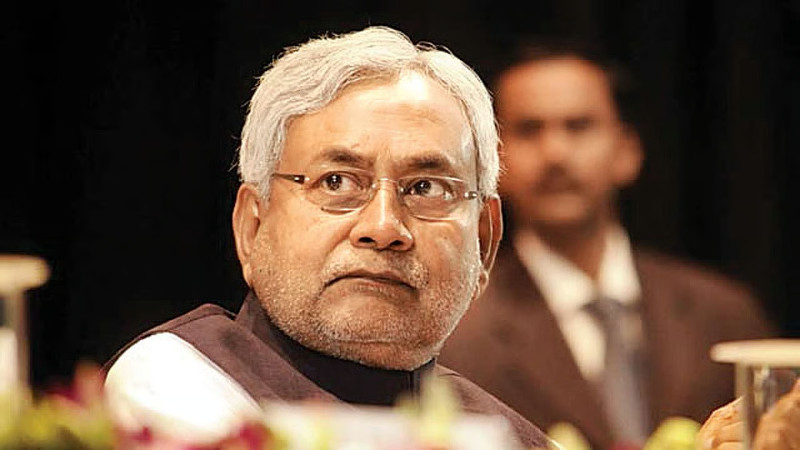
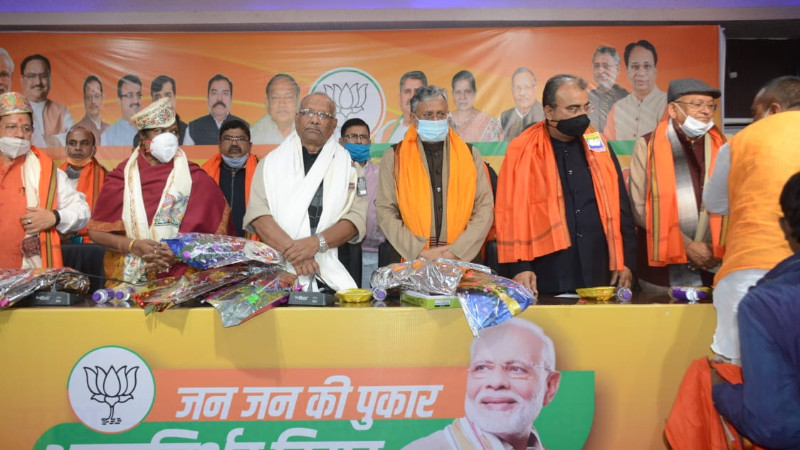
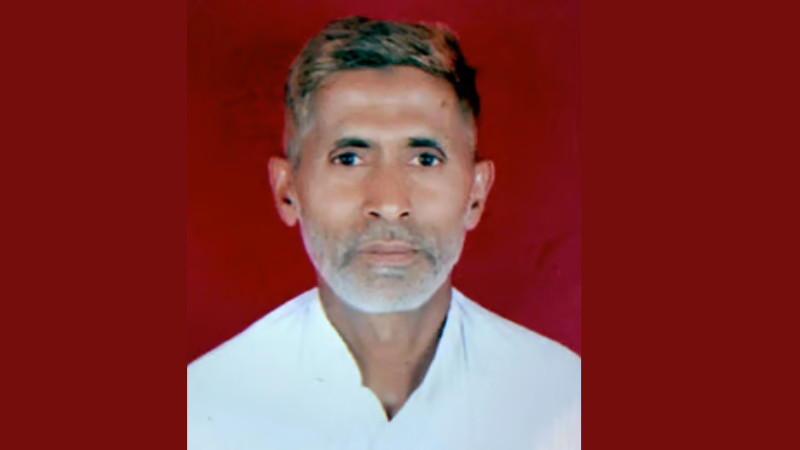
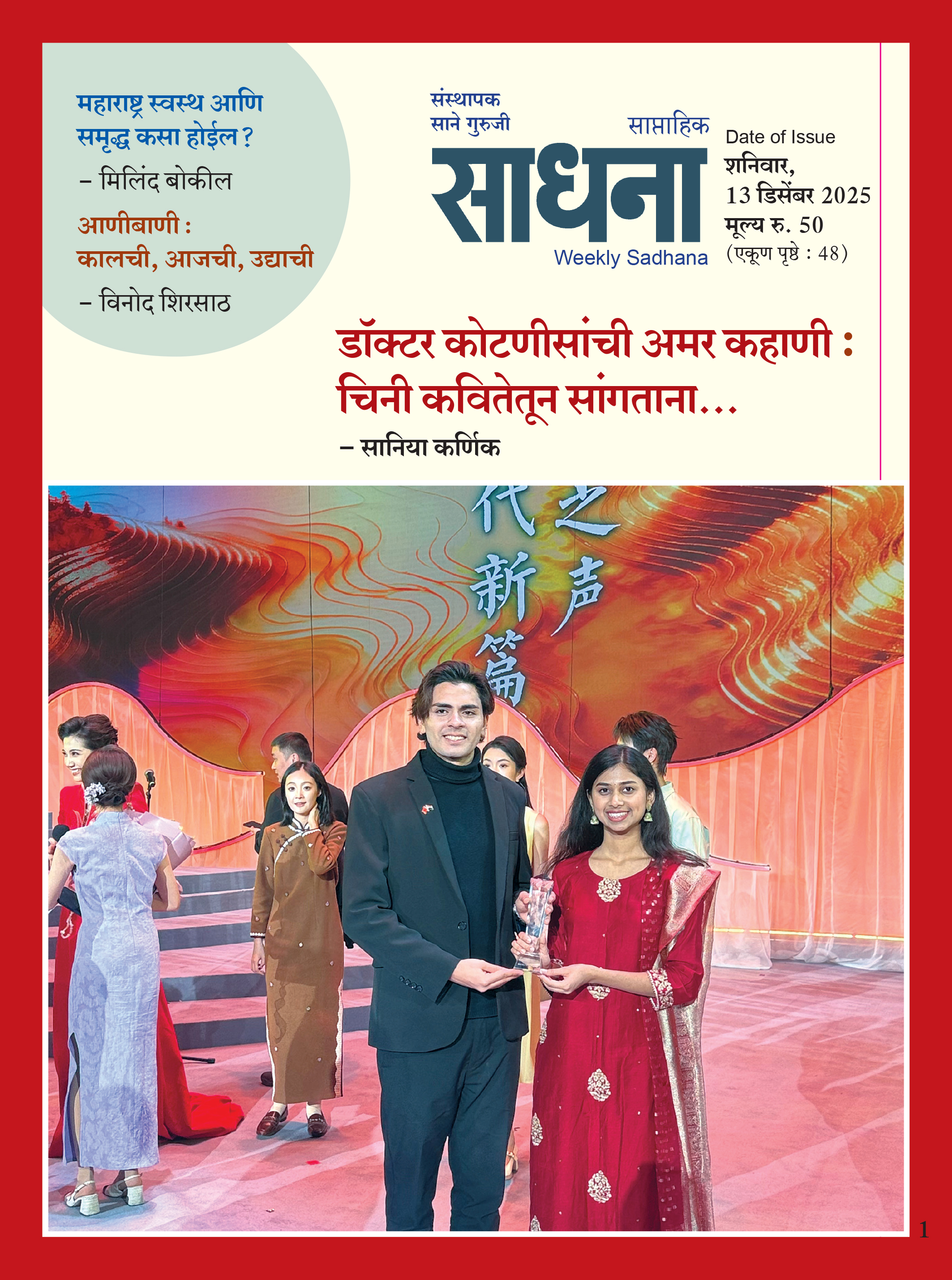

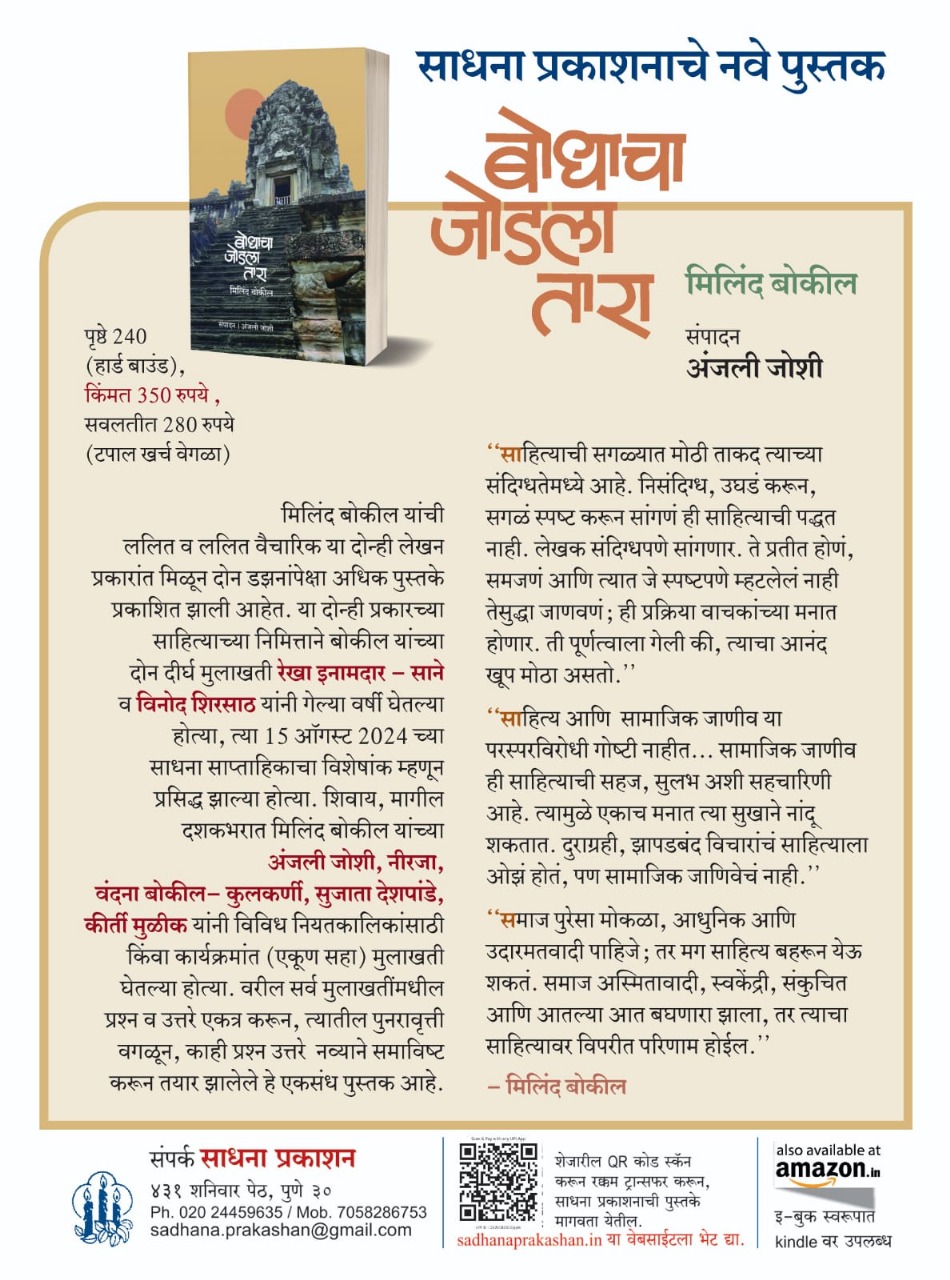

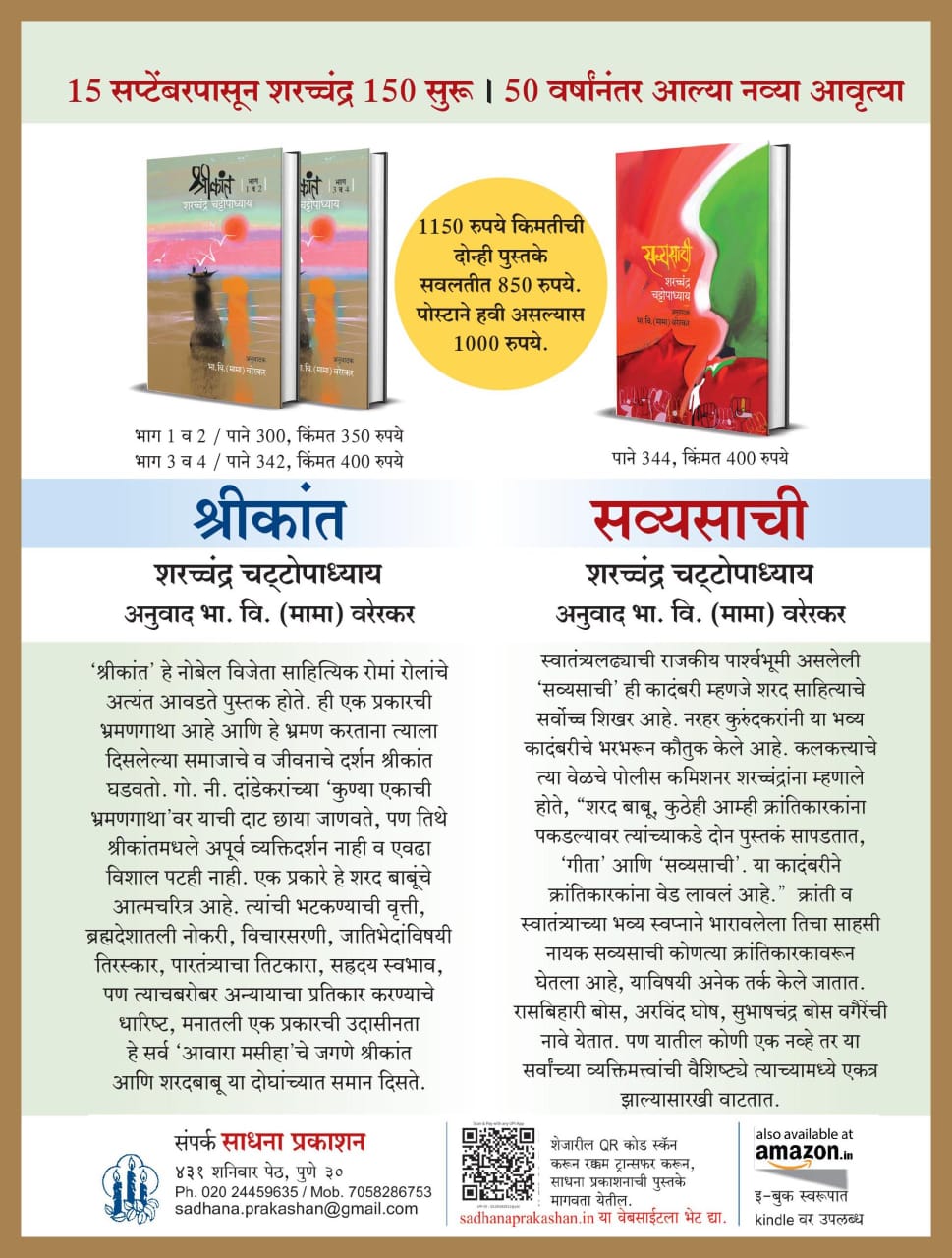
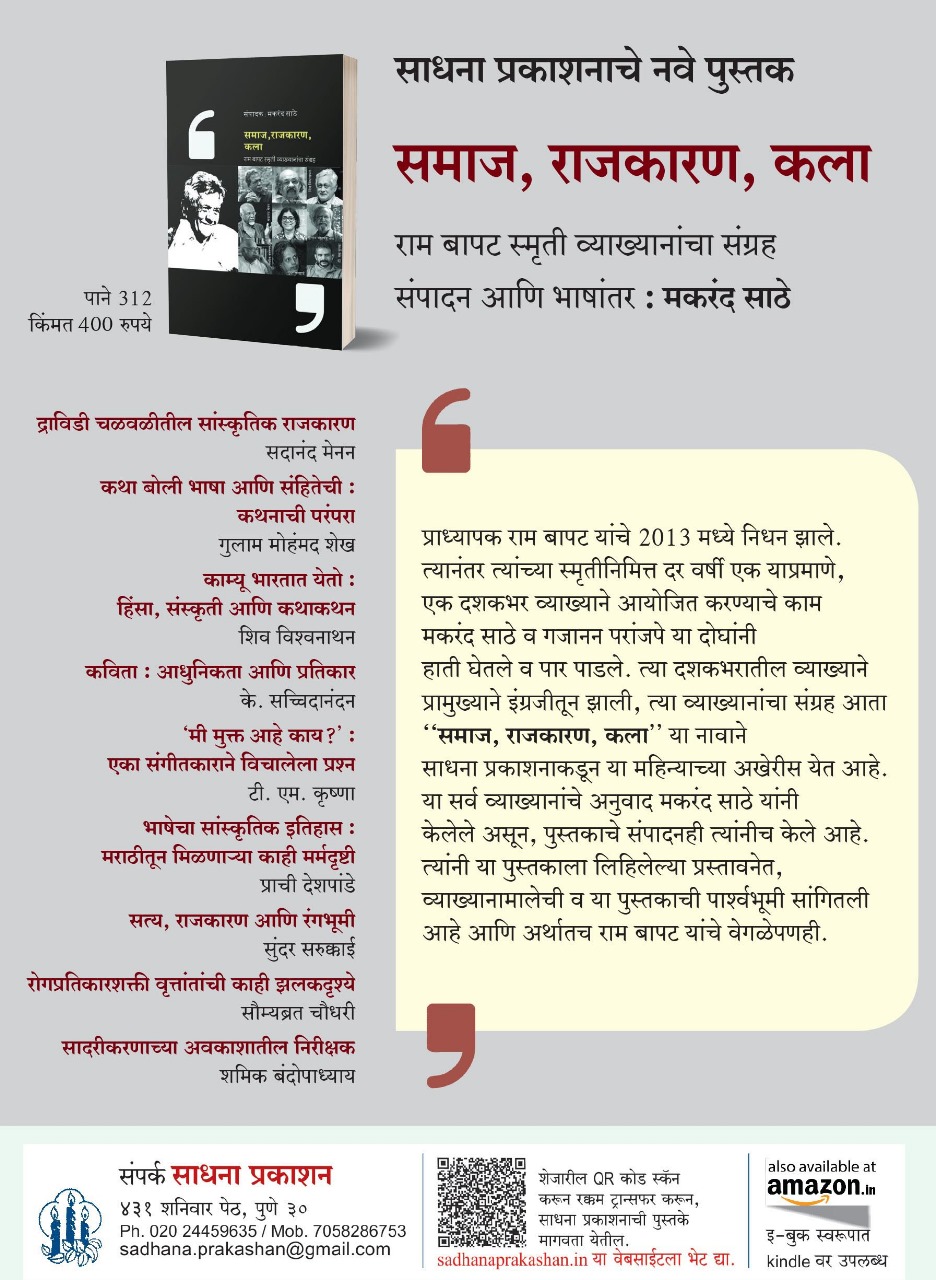
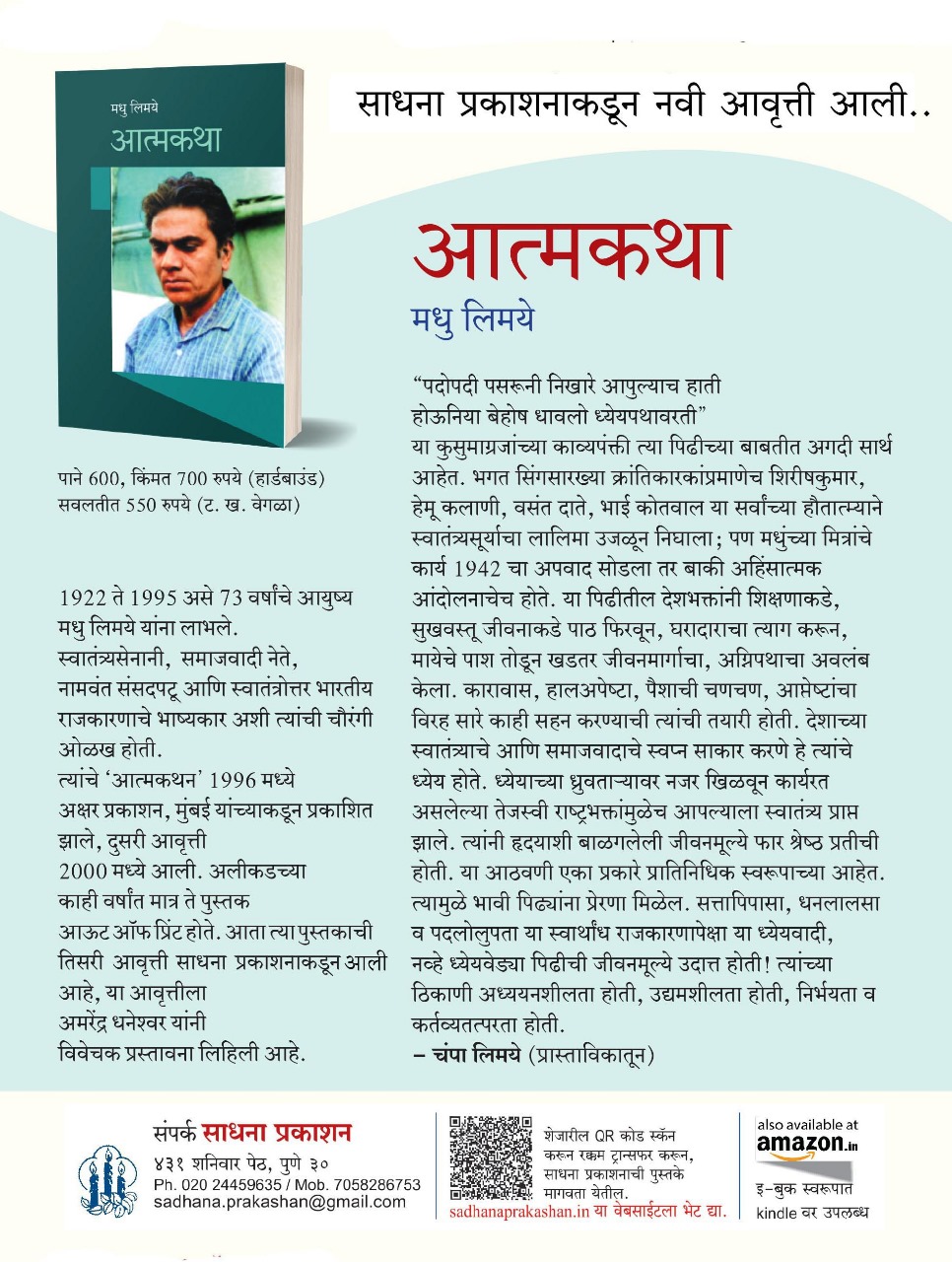
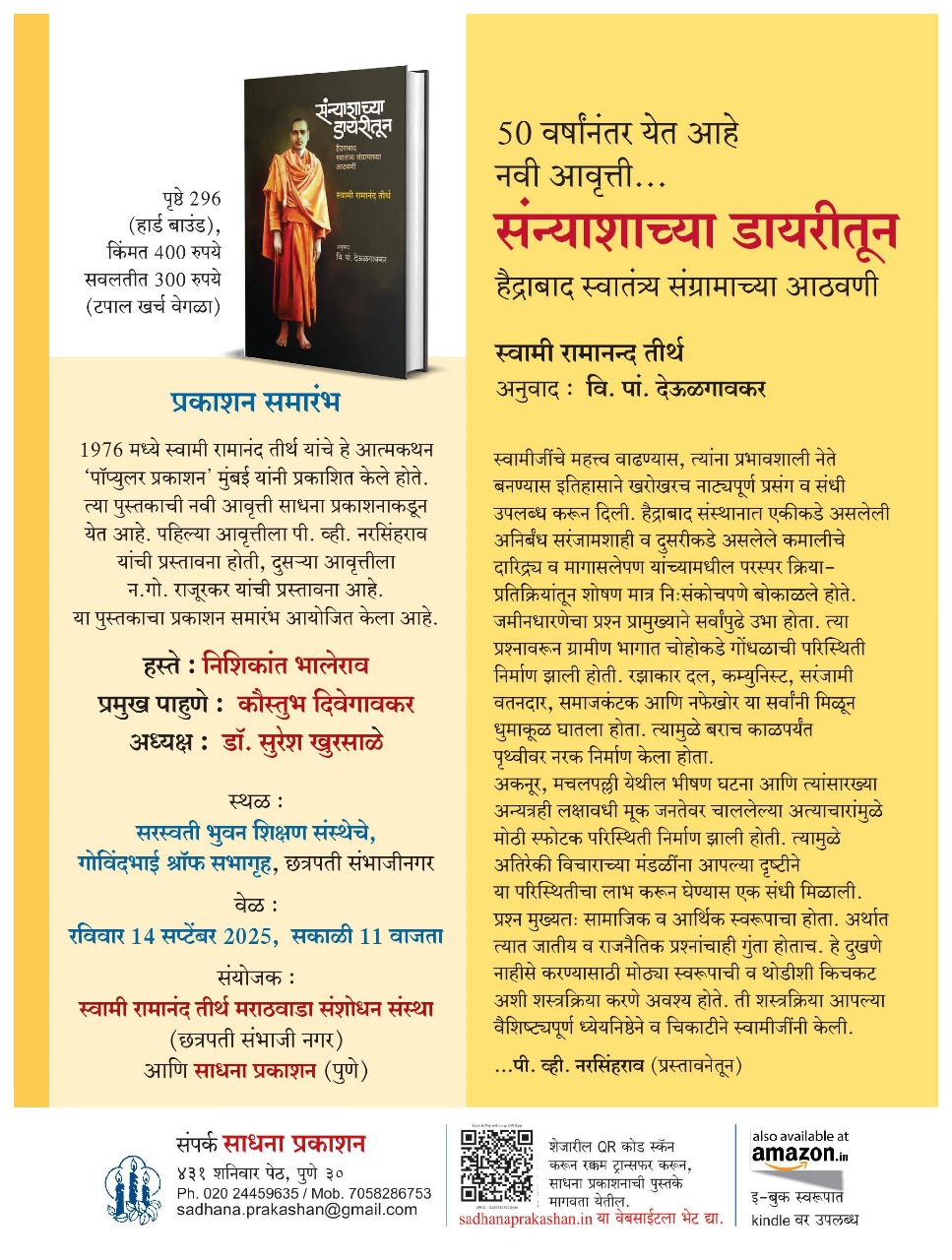

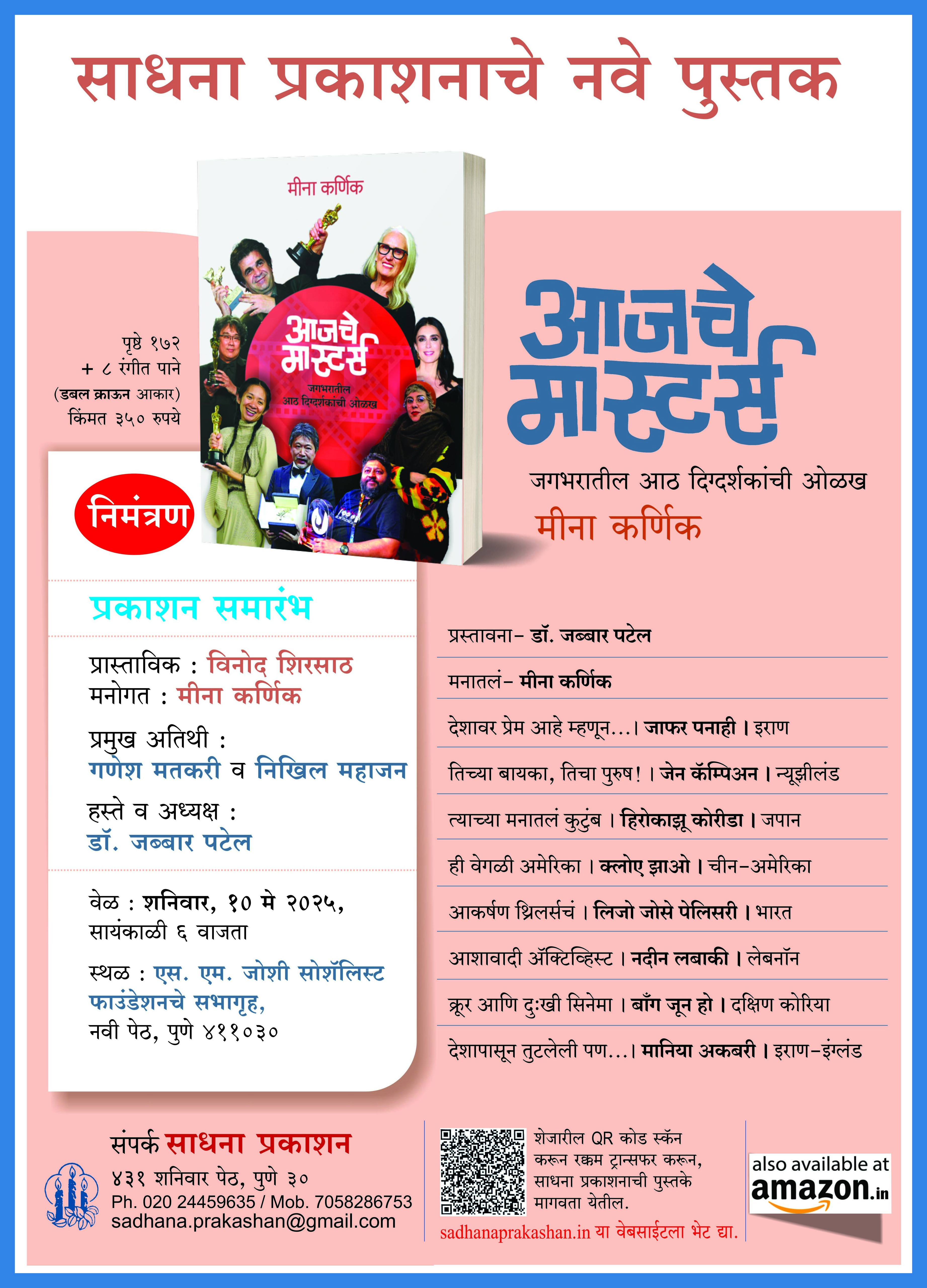
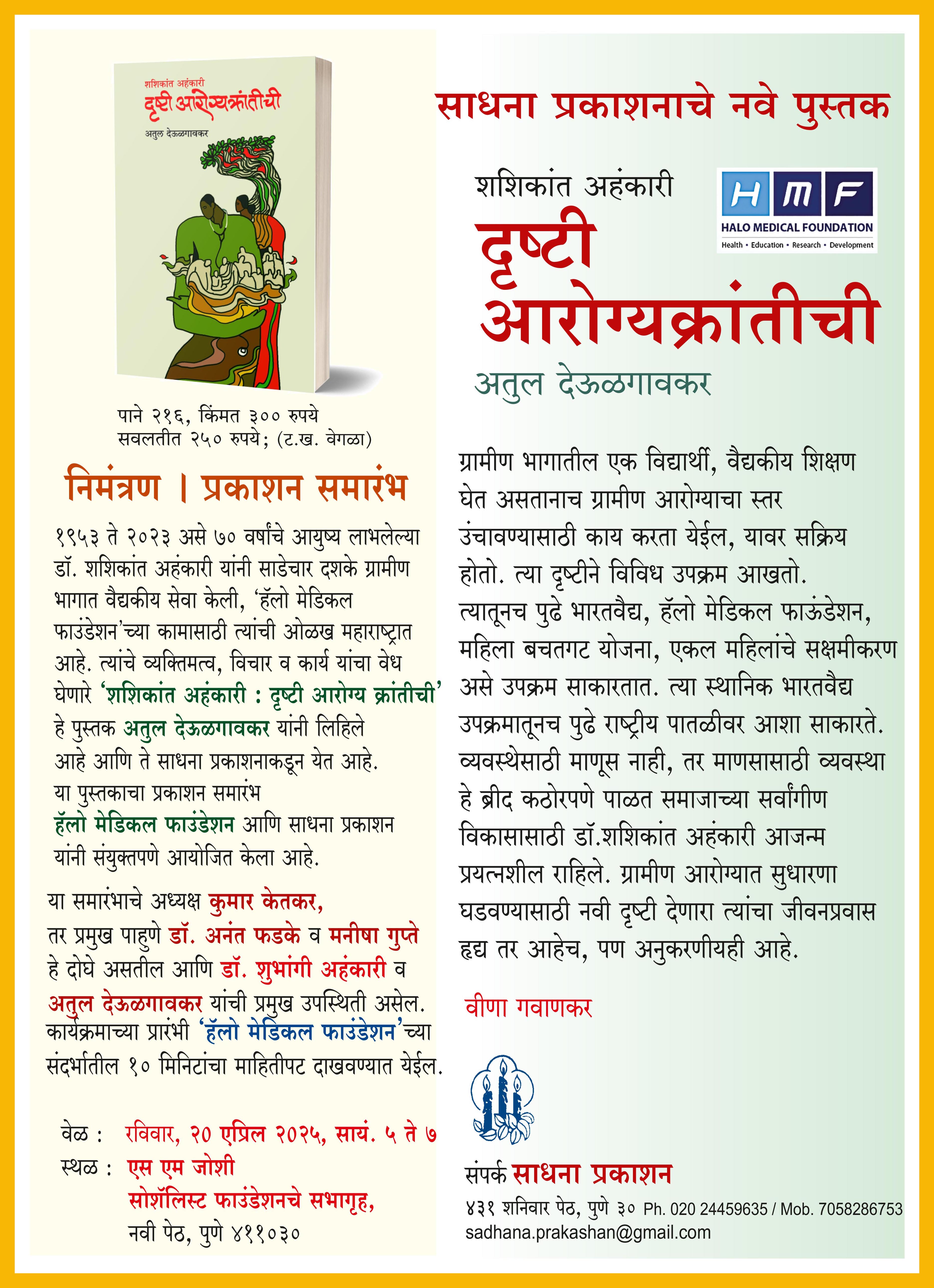
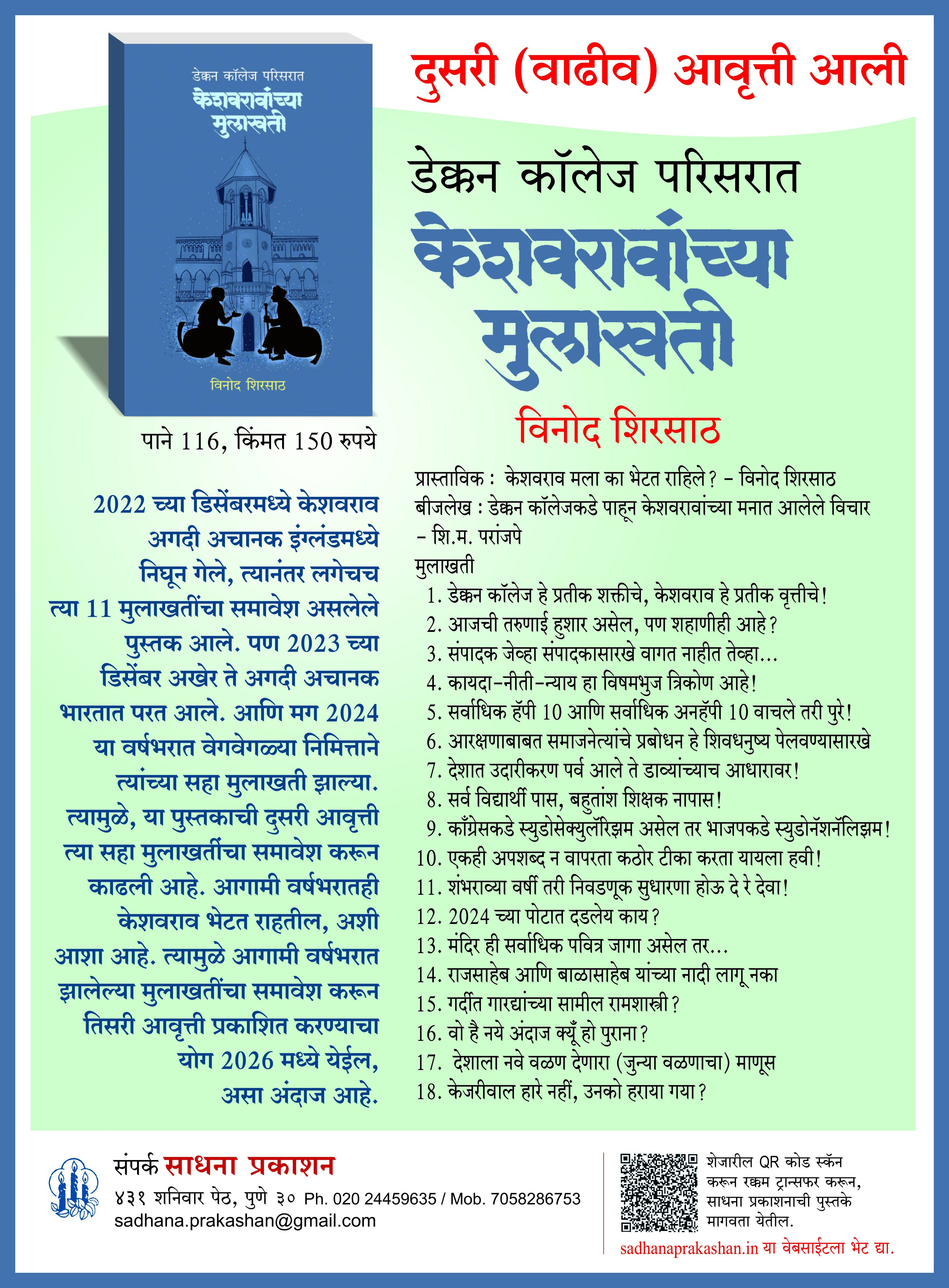


Add Comment